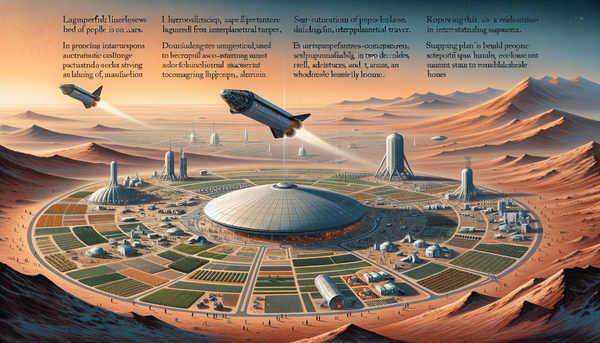Viral 'Star Wars' Moon Photo by NASA Astronaut Highlights Lunar Discoveries and Innovations

NASA astronaut Matthew Dominick has garnered significant attention for his latest photograph capturing the moon setting over the Pacific Ocean. Shared on the social media platform X (formerly Twitter), the image features the moon with a striking blue hue in the foreground, attributed to the clouds and Earth's atmosphere. The post, which has accumulated over 594,000 views and more than 17,000 likes, showcases a series of shots taken to demonstrate the rapid setting of the moon from Earth's perspective. Dominick used bracketed shots at (5F, 1EV steps, 20 fps) to capture this phenomenon due to the moon's swift orbital speed.
In related news, NASA has released a collection of ten notable images of the Moon, including a photograph from the Apollo 11 mission and an oblique view from the Lunar Orbiter 2 during a total solar eclipse. These images span various missions, such as Apollo 13 and the Clementine mission in 1994, and include a composite image representing a full moon view. Additionally, the Galileo spacecraft captured an image of the Moon on December 7, 1992, during its journey to explore the Jupiter system. Among the images is a famous photo of astronaut Edwin "Buzz" Aldrin standing beside the U.S. flag during an Apollo 11 moonwalk.
Meanwhile, advancements in lunar exploration continue with the discovery of lunar caves and tunnels, which could facilitate the establishment of permanent bases on the Moon. Researchers at the University of Trento in Italy identified a cave over 330 feet deep, offering potential protection from the sun's radiation, extreme temperatures, and micro-meteor showers. These findings suggest that such caves could provide a stable environment for future lunar inhabitants and equipment.
The European Space Agency (ESA) has released the first images captured by its Jupiter Icy Moons Explorer (JUICE) spacecraft, taken during a flyby of the Earth-Moon system. The JUICE mission aims to study Jupiter's moons, which are believed to harbor subsurface oceans potentially conducive to extraterrestrial life. The images serve to evaluate the spacecraft's JANUS science camera, an essential tool for the mission's future observations of Jupiter's icy moons.




